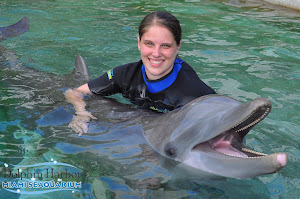 I enjoyed reading this article. I liked how it discussed the main point and
then examples of how it was not used and then how it can be used. I found this organization very helpful, and
made it easy to read and follow.
I enjoyed reading this article. I liked how it discussed the main point and
then examples of how it was not used and then how it can be used. I found this organization very helpful, and
made it easy to read and follow.
To make schools safer for everyone, you need to think about curriculum
and communication. August states, “Curriculum
and communication – distinct but inter-related aspects of classroom life. Neglect one, and the other is bound to
suffer; improve one, and the other will likely benefit” (85). You need to incorporate the material about
LGBT into your lessons and you need talk about it. Explain that a family can come in many different
types, and that a family is people taking care of each other.
One of the stories that really stood out at me was the story
of Zeke Lerner. He is the kindergarten
teacher that uses two strategies: integration and interpretation. He chooses books like The Family Book, Who’s In a
Family, and the book And Tango Makes
Three.
The book And Tango
Makes Three caught my eye because it is about penguins. I think this book is a fun and interesting
way to discuss a family and how animals are born and raised. I probably would have been interested in this
book because it is about animals.
'And
Tango Makes Three' Tops Most Challenged List Again
is an article that talks about how the book And
Tango Makes Three is one of the most challenged books on the American Library Association's
(ALA) State of America's Libraries Report. The article then talks about another book by
Richardson and Parnell, Christian, the Hugging Lion, which is a finalist in
the Lambda Literary Awards.
Christian, the Hugging Lion is
about a two men who adopt and release a lion cub, and then are reunited with
the cub years later. The article says
that the base of the story is that even after the lion is released into the wild;
it still loves his male parents. The two
books are basically about the same thing, two fathers who come to the rescue
and raise a helpless baby. Why is it
different if it is two men raising a lion cub or two male penguins raising a
chick?
I also found this article that discusses how to teach this
book. It gives you different questions
to ask children to help them understand that there are many different types of
families.
Point to Share: The chapter starts with an example of a classroom, and how it creates a division of one’s academic and personal life. When a student or a teacher walks into a room, they bring all of their baggage with them. They bring their family life, culture, and their beliefs into the picture. You cannot expect a child or the teacher to pretend that part of them does not exist.

